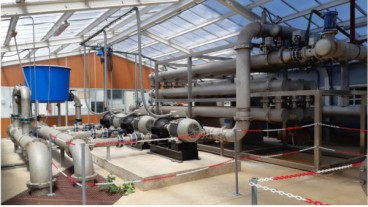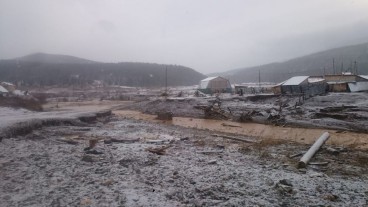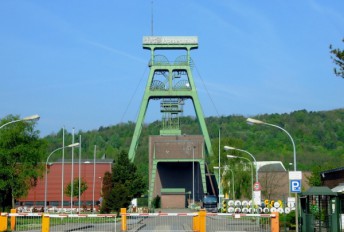Flood-Induced Salt Dissolution Compromises Praid Mine Stability

Sources: euronews.com, rri.ro/en/news, romania-insider
Want to read more like this story?

Illegal mine collapse in Rwanda’s Huye district followed by landslides
Apr, 19, 2023 | NewsAn illegal mine collapsed in the Kinazi sector of Huye district, Rwanda, on April 19. Furthermore...

UK plans to use old coal mines to heat houses
Jul, 07, 2021 | NewsExperts in the UK consider an innovative idea that involves heating houses via abandoned coal mines....

Mine collapse in Pakistan: At least 18 people dead
Sep, 09, 2020 | NewsAt least 18 people have been reported dead after a mine collapse in Pakistan. The failure occurred...
Open-pit coal mine collapse in China
Mar, 02, 2023 | NewsAn open-pit coal mine collapsed in Alxa League in Inner Mongolia, China, on Wednesday the 22nd of...

This low-cost, wind-powered minesweeper aims to eradicate land mines globally
Feb, 07, 2017 | News‘Mine Kafon’ is made from just bamboo and biodegradable plastic and moves with the wind...

Major landslide in eastern Turkey: 9 goldminers are missing
Feb, 13, 2024 | NewsAuthorities reported that a landslide struck a gold mine in eastern Turkey on Tuesday 13th of Febru...

DOE to test cutting-edge mining technologies at four U.S. mines
Sep, 30, 2025 | NewsThe U.S. Department of Energy (DOE) has launched a new funding initiative totaling US $95 million k...

Dam collapse in Siberia results in 15 casualties
Oct, 23, 2019 | NewsAt least 15 workers died after a dam collapsed flooding a gold mine in Siberia, Russia. The gold mi...

A German coal-mine will be converted into a hydroelectric battery
Apr, 28, 2017 | NewsOther mines may follow, as the area needs more industrial-scale storage to double its share of renew...
Trending

Vertical gardens in Mexico City to combat pollution

Characteristics of Load Bearing Masonry Construction

Taipei 101’s impressive tuned mass damper

Morocco Implements Landmark Dam Perforation to Combat Water Stress in Marrakech

Dutch greenhouses have revolutionized modern farming

The Line at Neom faces feasibility reassessment while construction continues

A new chapter for Sunderland: The £31 million Keel Crossing opens

